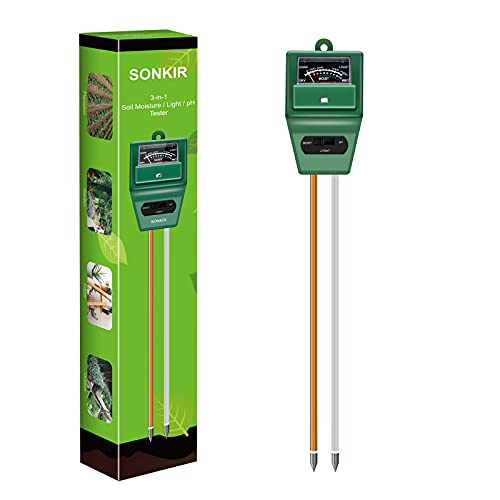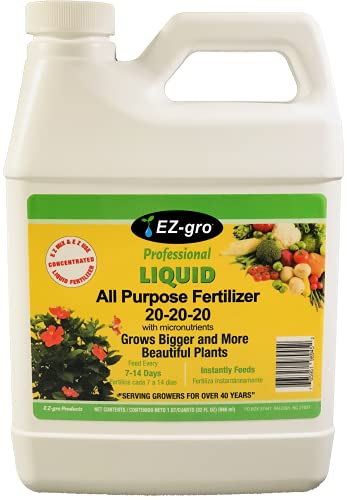Why are my bean plants turning yellow? The common culprits revealed and expert remedies for healthy crops
Our in-depth guide to help you identify the reasons behind ailing bean plants
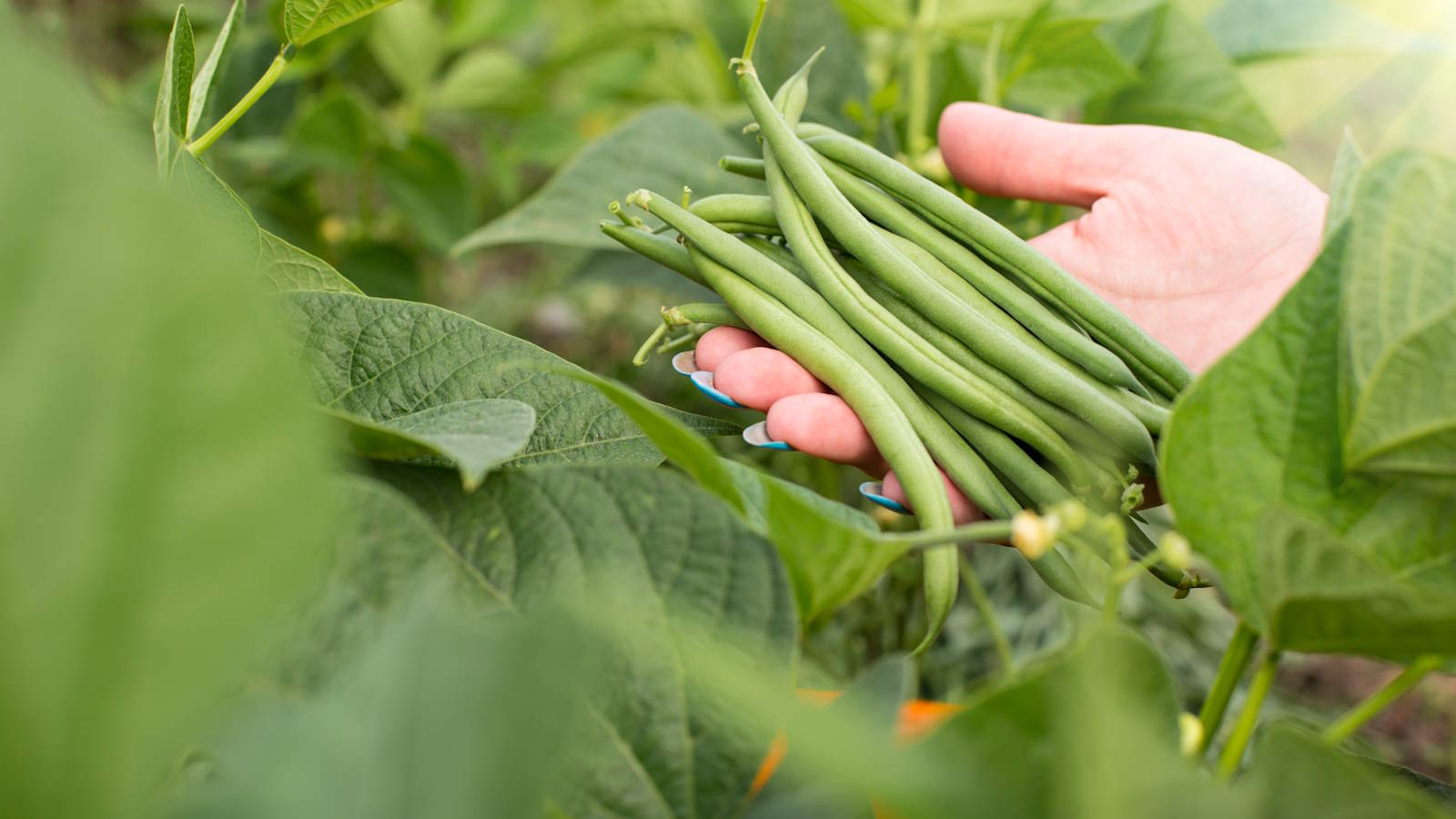

Q. Why are my green bean plants turning yellow? I am growing a crop of green beans at home, but I have started spotting some leaves that are turning yellow. What could be causing the issue, is it potentially a serious problem, and what can I do to fix yellow leaves on the beans?
There is an amazing range of beans to grow in any vegetable garden. No matter what beans you are growing, whether green beans, pole beans, bush beans, French beans, runner beans or any other, the plants are susceptible to turning yellow and there can be many reasons why the leaves start to discolor.
Beans can be a simple crop to grow, but there is always room for problems to creep in. Bean plants turning yellow can be a result of several issues, including (but not limited to) watering, nutrients, location, pests, and diseases.

Reasons for bean plants turning yellow
Bean plants turning yellow can be a sign of several potential issues. If your plants start to discolor, it may leave you wondering, how do you fix yellow leaves on beans? To combat the issue, it pays to understand the potential causes and the remedies that can restore your plants to full health.
Watering issues
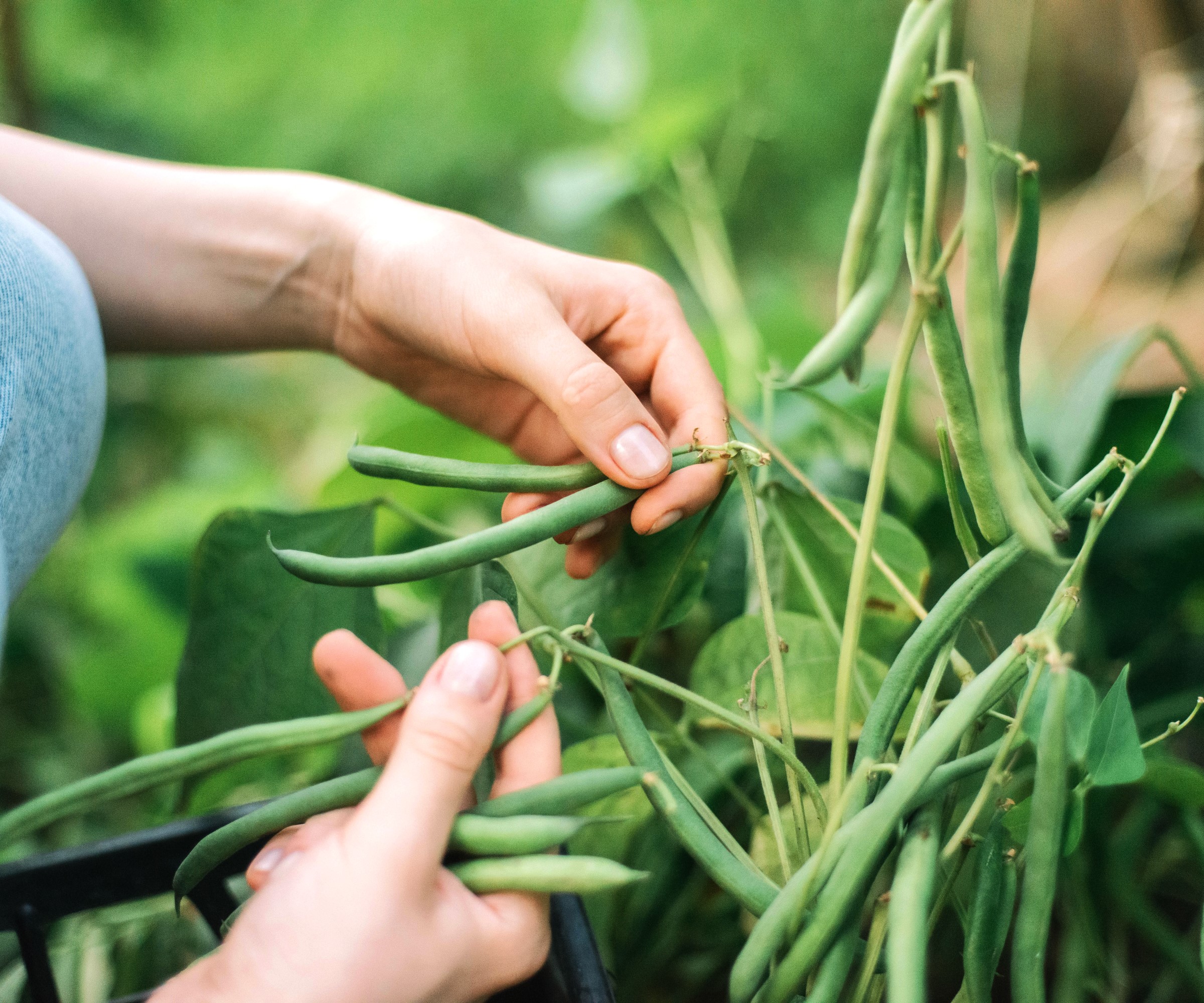
Improper watering can often be to blame for yellow leaves on bean plants. It is important to understand how and when to water plants properly as both over and under-watering can cause discoloration.
Overwatering
There can be too much of a good thing and, in the case of water, even hungry plants such as green beans will suffer from overwatering. Too much moisture in the soil can cause oxygen deficiency, root rot is caused by the roots suffocating in the waterlogged conditions. An overwatered bean plant will have yellow and limp leaves.
If the plant has been overwatered, it can be fixed. Do not water again until the soil dries out and adjust the watering schedule going forward, potentially using a soil moisture meter to help guide you when to water.
Design expertise in your inbox – from inspiring decorating ideas and beautiful celebrity homes to practical gardening advice and shopping round-ups.
Underwatering
A lack of water will leave plants thirsty and unable to absorb and transport nutrients around the plant. This can cause the plant to wilt and leaves to discolor, while in extreme cases the foliage will prematurely drop due to a lack of water.
Bean plants want the soil to be consistently moist, but not waterlogged. Check the moisture level a couple of inches down in the soil, either with your fingers or a soil moisture meter, and if it seems dry give plants a deep soak.
Deep watering less often is more beneficial than a regular light soak. Using drip irrigation or soaker hoses can help to get moisture deep down into the soil and mulching can retain moisture in the ground.
Nutrient deficiencies
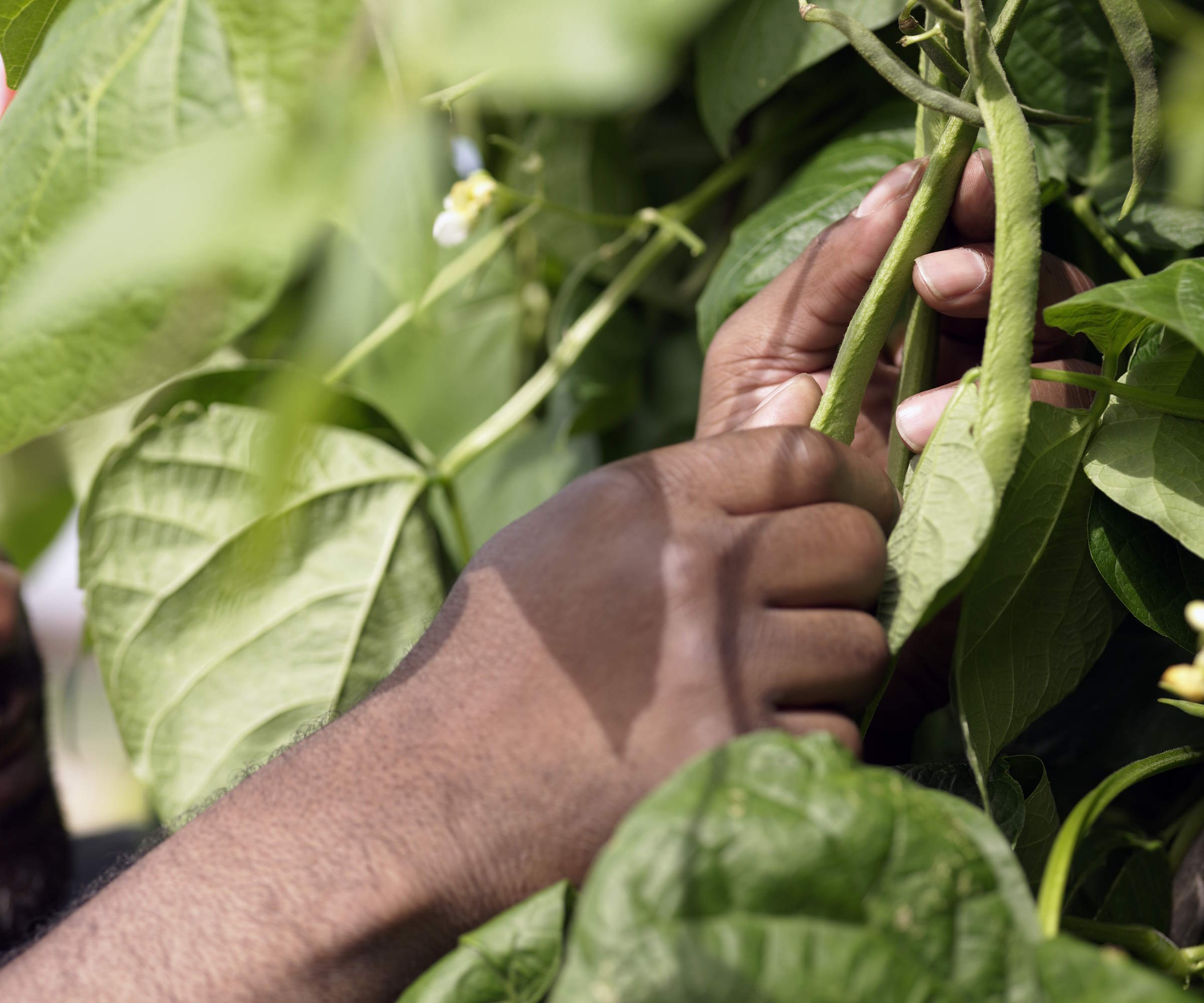
Leaves on bean plants turning yellow can be an indicator of a lack of nutrients. Regular soil tests can highlight any particular deficiencies in the ground that need to be addressed ahead of planting the crops.
‘A lack of essential nutrients, particularly nitrogen, can result in yellowing as the plant struggles to produce chlorophyll,’ says Reese L. Robbins, creator of Just Pure Gardening. ‘Beans need a balanced supply of nutrients to grow well. A deficiency in nitrogen, potassium, or magnesium can lead to chlorosis, where leaves turn yellow while veins remain green.’
Fertilizing beans is particularly important in poor soil types. Incorporating organic matter, such as compost or well-rotted manure, into the planting site can boost fertility and adding slow-release balanced vegetable fertilizer when planting beans will provide much-needed nutrients to plants as they develop.
That can often suffice in terms of feeding beans, however, the sight of yellowing leaves may mean plants are lacking in some nutrients and a second feed of a balanced fertilizer may be required. A balanced water-soluble fertilizer can provide a quicker dose of nutrients than slow-release granular products to benefit the bean plants.

Reese L. Robbins is the founder of Just Pure Gardening, a site full of fruit and vegetable growing guides, garden ideas, and garden product reviews.
Light and temperature
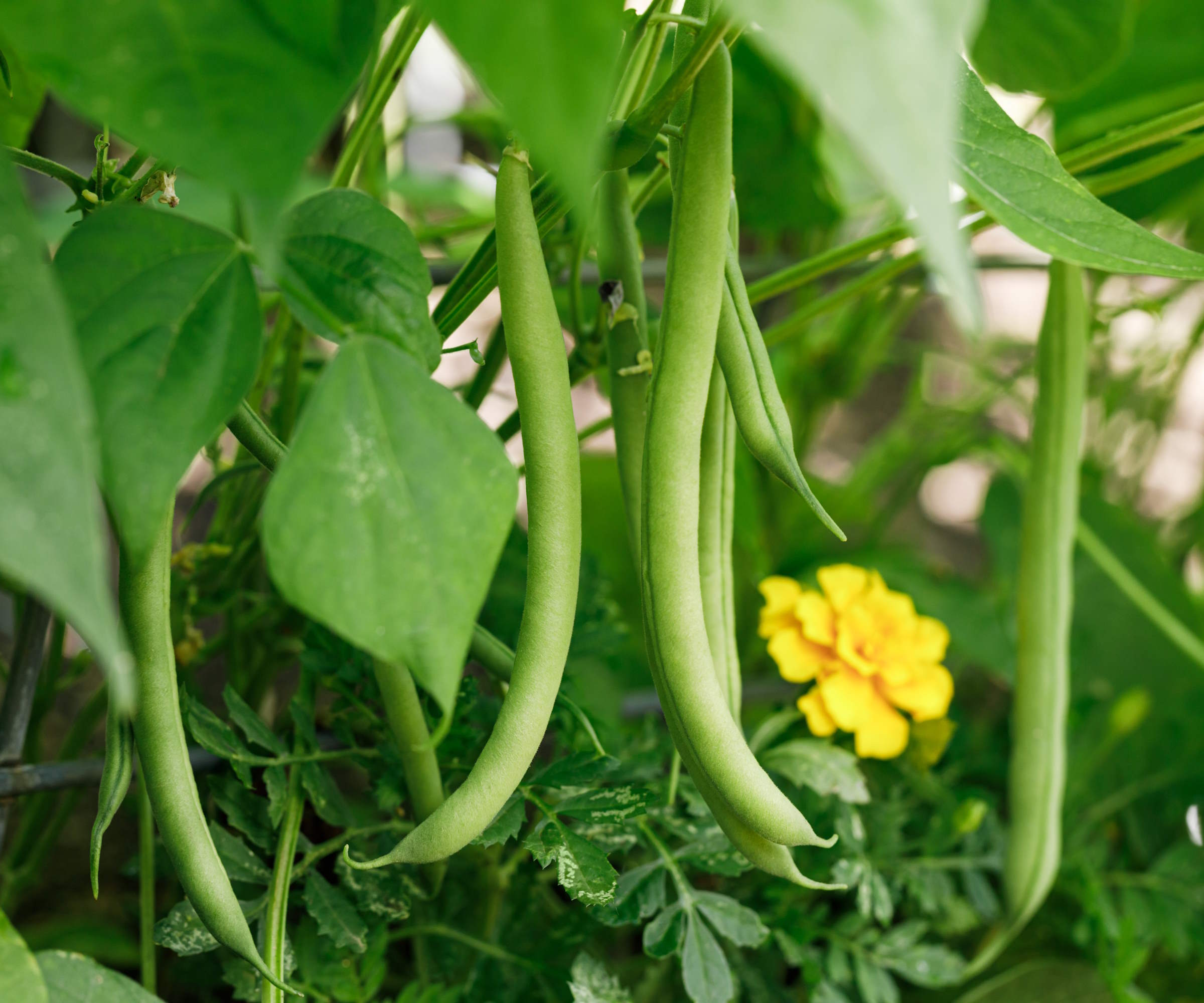
Beans can grow healthily and provide a bumper harvest when they are grown in the ideal conditions. It is important to consider their needs of light and temperature before deciding where, and when, to plant them in the vegetable garden.
Temperature stress
Beans thrive in temperatures between 65-85°F and can be stressed by prolonged exposure to anything outside of this ideal. This stress can show itself through yellowing leaves.
Do not plant your beans outside too early and, if the temperature looks likely to dip, covering plants with horticultural fleece or row covers can protect plants. On the other hand, shading plants from extreme heat can protect them and manage temperature stress.
Lack of light
Bean plants grow best in locations that get 8-10 hours of direct light each day. A lack of sun will affect photosynthesis and this can result in discoloration. It tends to start showing on the lowest leaves first.
Kiersten Rankel, garden expert and botanist for the plant app Greg explains how, while not enough light can lead to 'pale, leggy growth', too much sunlight can also contribute to yellowing leaves.
'While beans generally love bright conditions, too much intense sunlight can stress the plants, causing leaf discoloration,' says Kiersten.
When planning a vegetable garden for the year, make sure that your beans will be planted in a spot that gets the right amount of sunlight for healthy plants.

Kiersten Rankel is a certified Louisiana Master Naturalist and regularly volunteers with local community gardens and non-profits to help restore critical ecosystems along the Gulf Coast. In her spare time, she enjoys hiking and tending to her 150+ houseplants and vegetable garden
Pests and diseases
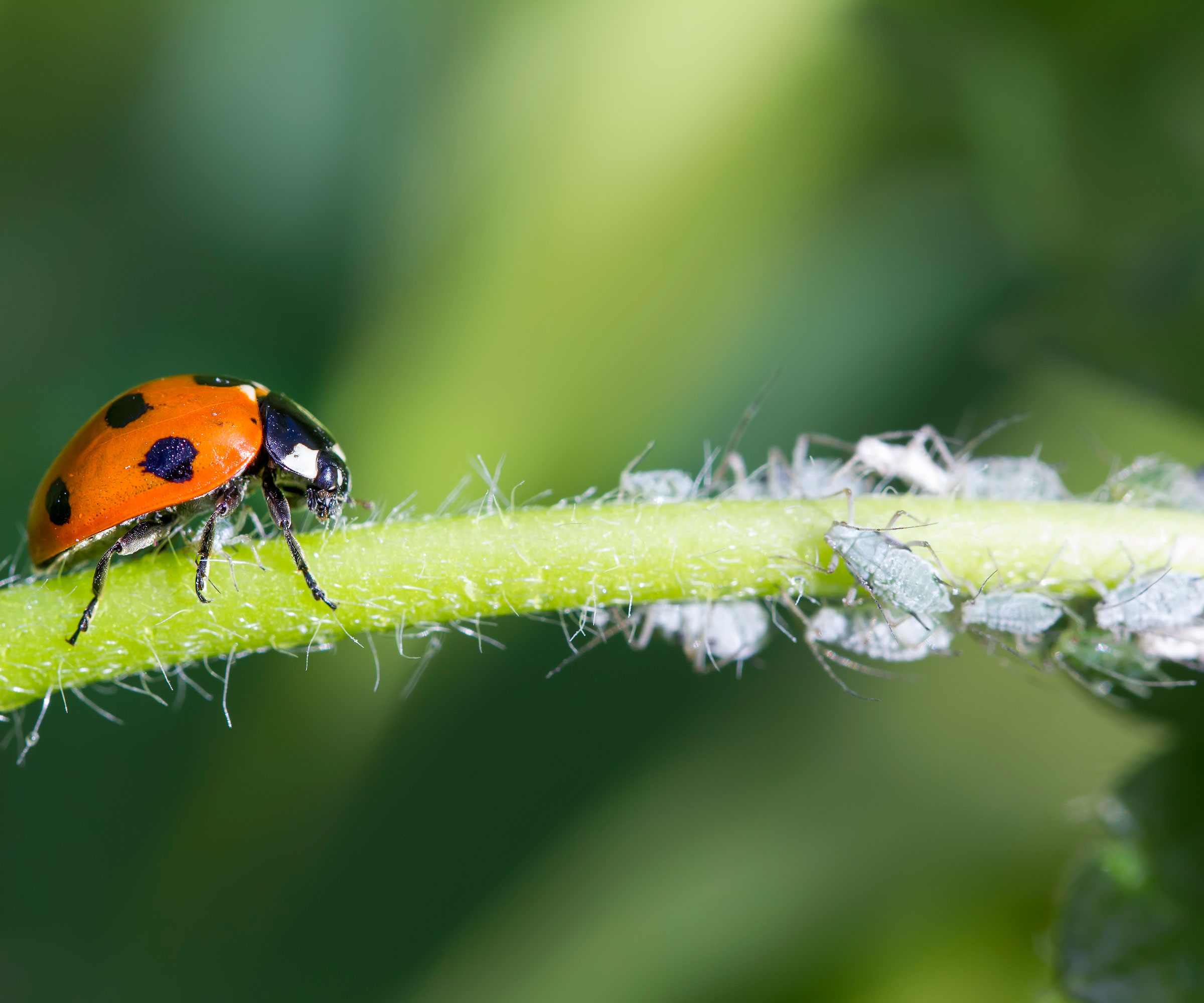
Both pests and diseases can be reasons for bean plants turning yellow. It pays to know the signs of common issues that can impact bean plants and the best remedies when required.
Pests
Unfortunately, several bean pests can cause yellow leaves. This includes aphids, spider mites, and thrips, that suck the sap from plants and cause yellow and wilted foliage. Mexican bean beetles and other bean leaf beetles can chew leaves and cause discoloration.
Regular inspection of plants is key to dealing with pest issues. Smaller pests like aphids or spider mites can be dealt with by using insecticidal soap, available at Amazon, or by knocking them off plants with a jet of water. Larger pests like Mexican bean beetles can be picked off by hand and dropped into soapy water.
‘Encouraging natural predators through companion planting, such as ladybugs and lacewings, can also help control pest populations,’ advises Reese L. Robbins.
Disease
As well as several pests, numerous diseases can result in yellow bean leaves. These include bacterial, viral, and fungal diseases which all affect bean plants. Some diseases are spread by pests, however, others can be the result of poor habits, such as overhead watering or poor hygiene.
Bacterial blight and halo blight can cause discolored spots or lesions on the foliage that have a yellow halo around them. Choose blight-resistant types of beans and use crop rotation to avoid the disease moving around the kitchen garden.
Bean mosaic virus and yellow mosaic virus will produce yellow patterns on leaves. The disease is often spread by aphids and infected plants will need to be destroyed. Always sanitize any gardening tools before use and plant disease-resistant varieties of beans to manage viral diseases.
When bean plants start turning yellow, it's often a sign that something in their care routine needs slightly adjusting. If you are growing green beans, pole beans, fava beans, black beans, pinto beans, kidney beans, or other beans, monitor plants carefully and act quickly at the first signs of yellow leaves. This guide can help diagnose issues and fast remedial action should ensure the plant recovers and you get a great crop of beans.

Drew’s passion for gardening started with growing vegetables and salad in raised beds in a small urban terrace garden. He has worked as a professional gardener in historic gardens and specialises in growing vegetables, fruit, herbs, and cut flowers as a kitchen gardener. That passion for growing extends to being an allotmenteer, garden blogger, and producing how-to gardening guides for websites. Drew was shortlisted for the New Talent of the Year award at the 2023 Garden Media Guild Awards.
